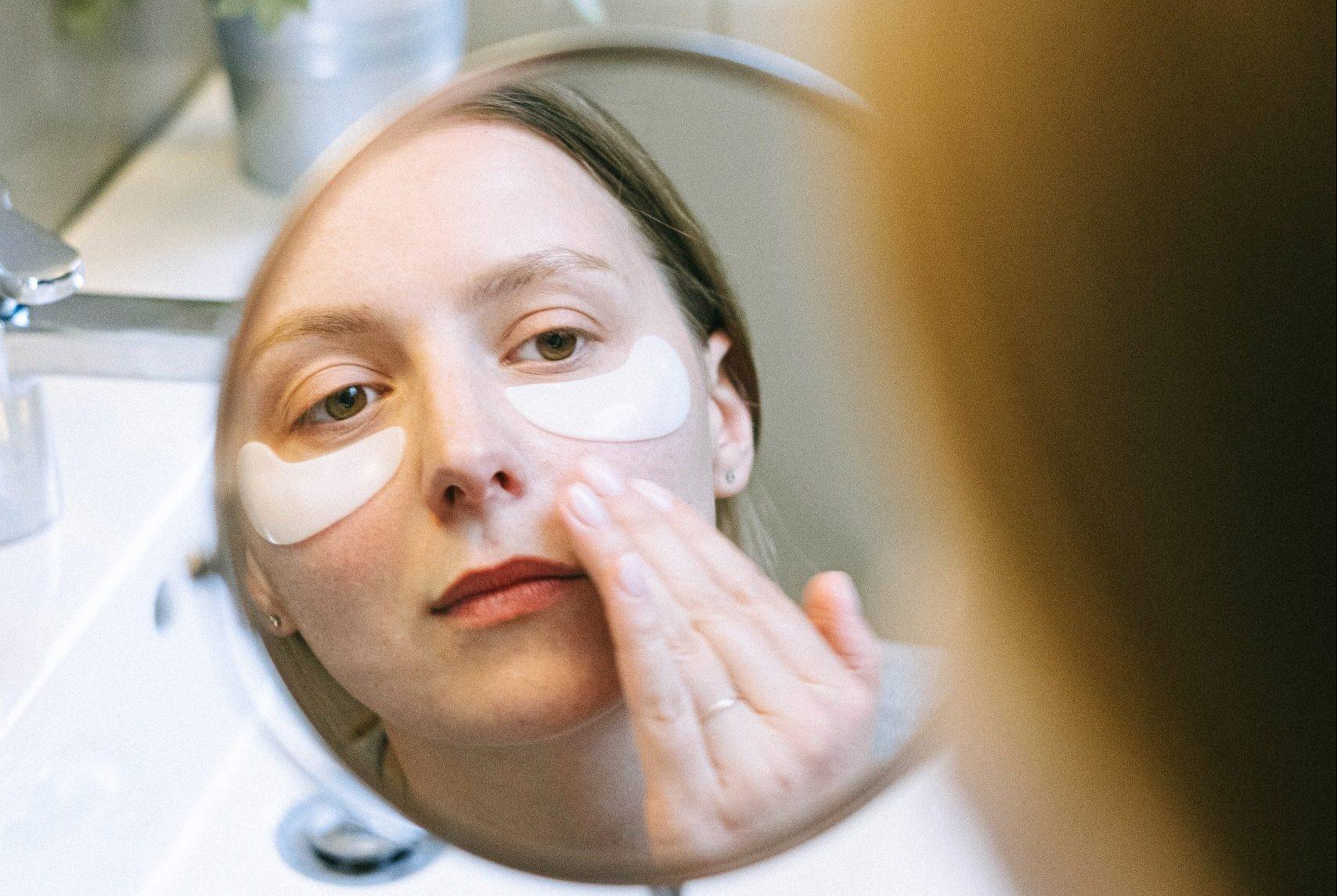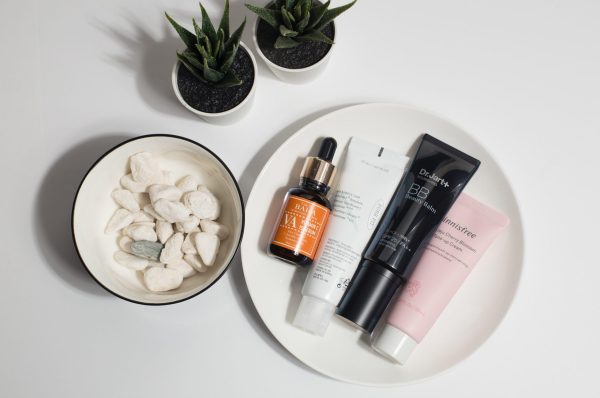Ever feel like the skincare market has too many options for different skincare types? You’re not wrong. With so many different products and treatments on offer, it can be daunting navigating the world of skincare. What kind of products are best for your skin type? What ingredients should you be looking out for to treat specific skin concerns?
We get it. Skincare can seem overwhelming. But don’t worry—we’re here to help you understand it all. In this guide, we’ll break down the different types of skincare, giving you the tools to find your perfect routine and make your own informed decisions. Whether you’re a skincare newbie or an avid enthusiast, this guide will provide you with valuable insights into how to tailor your routine to best suit your unique needs.
DIFFERENT SKIN TYPES
Are you looking to get the most out of your skincare routine? Knowing what type of skin you have is a good place to start. There are four main skin types: normal, oily, combination, and dry.
Normal skin is balanced—not too dry or too oily. Oily skin has an overproduction of sebum, making it greasy and prone to breakouts. Combination skin is a mix of both; it often has an oily T-zone (forehead, nose, and chin) but can be dry on the cheeks and around the eyes. Finally, dry skin is caused by low levels of sebum and can feel taut, itchy, or irritated.
Once you know what kind of skin you have, you can start tailoring your skincare routine accordingly. Whatever your type may be, there are plenty of products out there that can help give you brighter, healthier-looking skin.
SUITABLE SKINCARE ROUTINE FOR DRY SKIN
Here are some of the steps you can incorporate into your skincare routine if you have dry skin:
- Cleanse: Start with a gentle, pH-balanced cleanser to remove dirt and impurities without stripping your skin of natural oils.
- Exfoliate: Exfoliate regularly to keep your skin from feeling rough and help prevent blackheads and breakouts. Choose a gentle exfoliator that won’t be too harsh on your skin.
- Tone: Tone your skin using a hydrating toner or essence to help hydrate and nourish it further. Choose one that’s alcohol-free as alcoholic formulas can be drying for dry skin types.
- Treat: Apply treatments such as serums or boosters to target specific concerns such as dark spots, wrinkles, or uneven texture.
- Moisturize: This is probably the most important step of them all! Make sure to use an ultra-hydrating moisturizer that won’t leave your skin feeling greasy or heavy after application.
SKINCARE ROUTINE FOR OILY SKIN
If you have oily skin, chances are you already know the struggles of having to deal with constant shine, pesky breakouts, and large pores. But don’t worry; there’s a routine that can help.
For daily care, use a gentle cleanser every morning to remove excess oils. Follow up with toners and moisturizers specifically formulated for oily skin—they help balance the oil production while keeping your skin hydrated. Additionally, it’s important to use products with non-comedogenic ingredients, which don’t clog your pores and cause breakouts.
It is also beneficial to exfoliate twice a week using a salicylic acid- or glycolic acid-based product as they help dissolve dead skin cells that make your face look dull and also help minimize excess sebum production due to clogged pores. And lastly, sunscreen! Make sure you protect your skin from UV rays daily by using SPF 30+ formulated for oily skin; this will ensure your skin is protected from any damage.
SKINCARE ROUTINE FOR SENSITIVE SKIN
The key thing to note when it comes to skincare routines for sensitive skin is that they should be gentle. You’ll want to choose products that are free of fragrances and harsh or irritating chemicals, and opt for those with natural ingredients instead. You’ll also want to stick to mild cleansers, creams, and serums. Anything too harsh could cause irritation or make your skin even more sensitive.
Here are a few things you can do to build a perfect skincare routine for sensitive skin:
- Cleanse gently: Choose a mild face wash or foaming cleanser that won’t strip away the natural oils from your skin, like Cetaphil Gentle Skin Cleanser.
- Moisturize: Use a light and oil-free moisturizer that won’t clog your pores, like Neutrogena Hydro Boost Water Gel Lotion.
- Exfoliate often but not too hard: Exfoliating is important for removing dead cells from your skin’s surface, just be sure not to do it too frequently or roughly as this can cause further irritation.
- Use sunscreen: When out in the sun, always make sure you wear sunscreen (preferably with an SPF of 30+) as this will help protect your skin from sun damage and reduce the risk of wrinkles and age spots in the future!
SKINCARE ROUTINE FOR COMBINATION SKIN
If you have combination skin, chances are you know it. Skin type is something that requires daily maintenance and can eventually become an everyday routine. But how do you know which skincare products and techniques are the most effective for you?
Combination skin is just what it sounds like—it’s about having both dry and oily parts of your skin at the same time. Your forehead, nose, cheeks, and chin might be oily for example, while other areas may be dry. So what products are best for this common skin type?
FACE WASH
Start with a mild face wash that won’t strip away any important oils from your skin. Avoid foaming cleansers as they could dry out your skin too much. Instead, look for something formulated with hydrating ingredients like ceramides or glycerin to nourish the skin without overloading it with oils.
MOISTURIZER
Moisturizing will help combat dry patches and maintain the natural balance of your combination skin. Look for lightweight formulas that can help lock in moisture all day long without feeling greasy or clogging up pores. Also, consider opting for something with SPF if possible to protect your face from the sun’s harsh rays.
SPOT TREATMENTS
It’s also important to have a spot treatment on hand specifically designed to target any breakouts or areas of oiliness on your face. Ointments or creams containing salicylic acid as well as sulfur-based masks are commonly used by those with combination skin to help clear acne and prevent future breakouts from occurring. You can read our blog
CONCLUSION
Now you know all about the different skincare types. You’ve discovered which type is best for your skin type, as well as tips and tricks to make sure you’re getting the best results from your skincare journey.
Remember, the key to healthy skin is finding the right combination of products that work for you. Take care to research ingredients, read reviews, and patch-test products before committing to a full routine. And if you’re ever unsure of what you should be using on your skin, consult a dermatologist or skincare professional for advice tailored to you and your needs.
Above all else, don’t be afraid to experiment until you find the regime that works for you! With this beginner’s guide in hand, you can take on the world of skincare!
FAQs
If you’re new to skincare, you might have some questions about the various types. Let’s go through some of the most common ones!
What are the different types of skincare?
The four main types of skin care are cleansing, exfoliating, toning, and moisturizing. Cleansing is the first step and is meant to remove dirt, oil, and makeup from your skin. Exfoliating helps to remove dead skin cells and unclog pores. Toning helps to balance your skin’s pH level as well as reduce inflammation. And lastly, moisturizing helps to keep your skin hydrated and plump.
Are all products designed for all skin types?
No—different products are designed for different skincare types. While cleansing products should work for all skin types, exfoliants can differ according to the degree of exfoliation that’s best for your particular type (i.e., mild or strong). The same goes for toners and moisturizers; they should be tailored according to your specific needs (e.g., oil-based or gel-based).
What is the best routine for me?
The ideal routine depends on your individual needs but generally speaking, a good routine involves cleansing, followed by an exfoliant depending on your skin type, toning, and then a moisturizer if needed. It’s important to remember that what works for someone else might not work for you so do research and experiment with different products until you find them.
To know more about different skincare products, check out this website.




Comments (10,465)